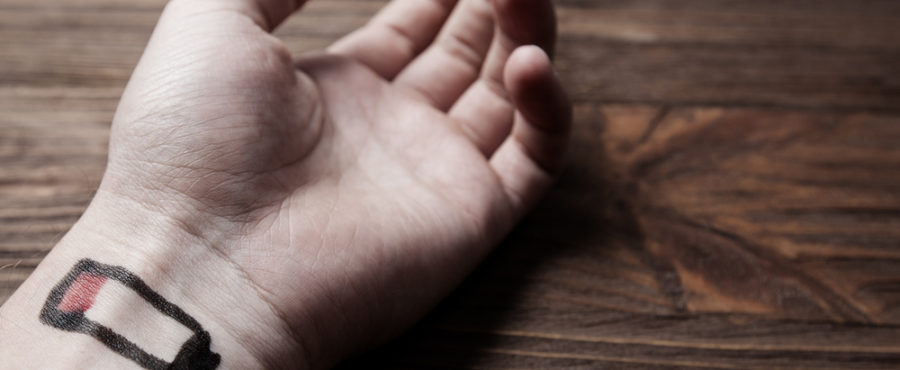
Scientists from the University of Utah have developed a device that recovers energy from low-frequency mechanical vibrations. Once completed, the device worn on a wrist or leg will be able to generate electricity when walking.
The wristwatch-sized prototype is able to generate electricity sufficient to power life function monitors such as wristbands for athletes.
Powering up IoT
Research and development of mini power generators is the result of the development of Internet of Things (IoT). The growing number of interconnected personal devices requires more electrical power, even if a single device itself does not necessarily consume big amounts of power. With mini generators one will be able to reduce energy demand, which allows extending operation time on a single battery cycle. Smaller devices could potentially operate in a fully autonomous mode[1].
The device designed in Utah uses piezoelectric crystals which, as a resuilt of the shape change, or mechanical stress specifically, produce electricity[2]. A layer of crystals is covered on both sides by a thin metal film which generates appropriate pressure.
The film also ensures relevant durability as it protects the crystals from cracking. The power may be transmitted from the device in various ways, for instance, by using small magnets.
Human batteries
Generating electricity during everyday chores has, for some time now, been within the interest of scientists. The most frequently mentioned sources included:
- User movement
- Recovery of energy from radio waves
- Generating power from temperature differences
The strength of the last source is that it is capable of generating power even when the user is not moving, stays in a dark room, where there is no electromagnetic wave transmission[3]. This is usually the case when sleeping.
The concept of powering wearable devices using users’ natural movements was sometimes used in literature. One of the best examples is stillsuit worn by the Fremen people living in the deserts in Frank Herbert’s science-fiction novel Dune. The role of the suit was to protect the user from losing moisture by filtering water out of the person’s breath and sweat.
The garment was powered by the user’s movements, mainly by pumps installed in the shoe heels.
[1] http://www.newswise.com/doescience/?article_id=699523&returnurl=aHR0cHM6Ly93d3cubmV3c3dpc2UuY29tL2FydGljbGVzL2xpc3Q
[2] https://en.wikipedia.org/wiki/Piezoelectricity
[3] https://www.powerelectronics.com/alternative-energy/body-heat-can-be-source-power-wearable-devices




